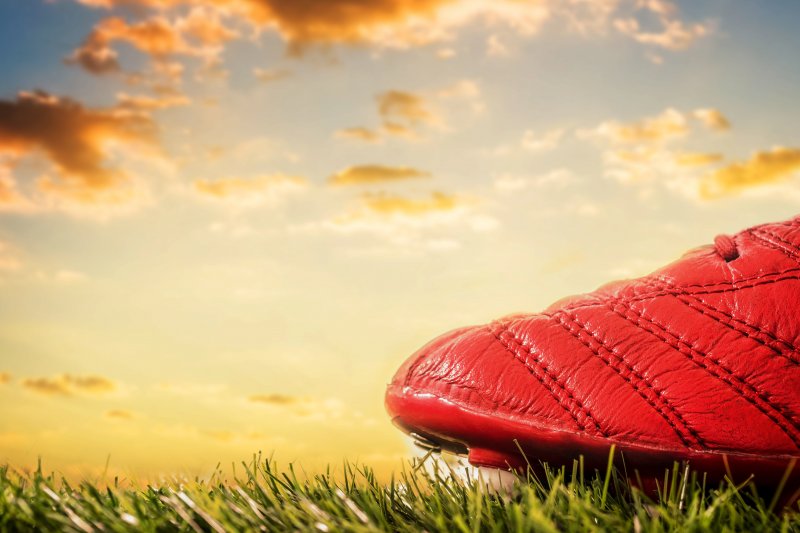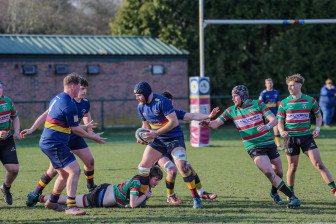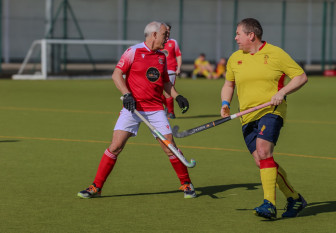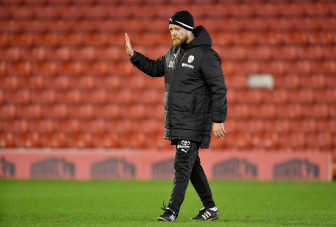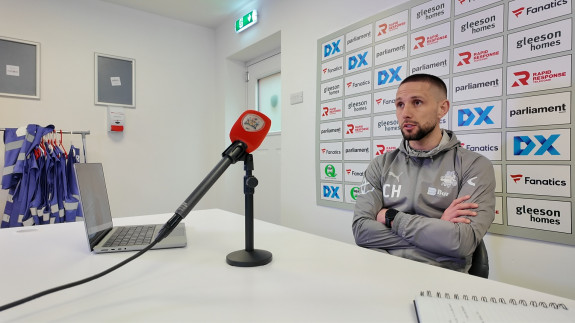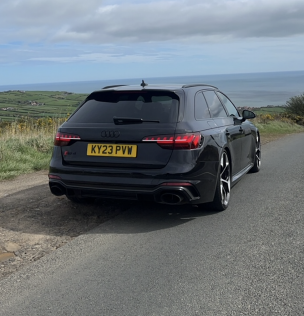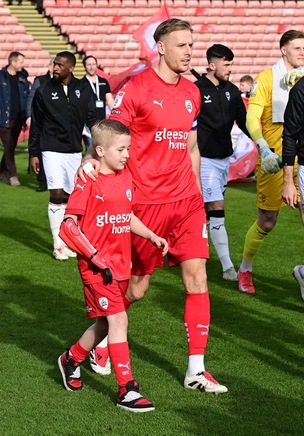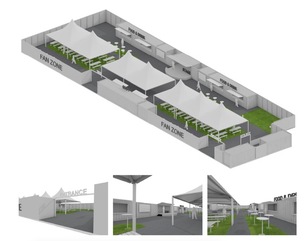Following the recent death of Sir Michael Parkinson, we revisit our Memories of Barnsley magazine from 2008 and his early days as a reporter working on the Barnsley Chronicle.
The late Don Booker contributed this piece to the sixth issue of the magazine.
Cudworth-born Michael Parkinson, Britain's best-ever television interviewer, was Knighted in the Queen's New Year Honours List.
The son of a Grimethorpe miner, his career started by recording news in local villages, and he went on to interview some of the most famous names in the world – Nelson Mandela, Muhammad Ali, Orson Wells, Tony Blair and Tom Cruise, to name just a few.
His television career has spanned more than three decades and he has entertained millions, but there was a time when only readers, rather than viewers, followed his words. This is how it all started:
In the 1950s, the Barnsley Chronicle had strong opposition from another weekly paper, the South Yorkshire Times, which was also family-owned and was based at Mexborough. The Times sold more than 50,000 copies per week, and covered every district where the Chronicle operated. The Chronicle sold 42,000 copies per week. Covering the Royston district one Monday morning I started my calls in Station Road with Grace Berry, who was secretary of the Co-op Guild and the Darby and Joan Club. It was outside her house that I met a new junior reporter from the Times. He was on a bike with low drop handlebars; the machine I had always wanted. He introduced himself as Michael Parkinson and said he was being trained by Stan Bristow of Grimethorpe.
From that morning we developed a good working relationship as we both covered the mining Villages. I had a motorcycle, so Mike would leave his bike and ride pillion. The day we met he had been on the road since 6am, taking copy to Grimethorpe and then back to Cudworth railway station, for transit to his head office at Mexborough.
At that time newspaper men were portrayed in films as slick guys who chain-smoked, drank heavily and had trilby hats worn at a slant; so we bought trilby hats with broad rims edged with braid, but on a motorcycle, they blew off into the hedge bottoms. We bought the hats from Westnedge's store in Royston and returned there to find a remedy. Harold Westnedge sold us two yards of knicker elastic which we tied into bands and put them over the hats and under our chins. The problem was instantly solved.
Riding pillion relieved Mike's tired legs. We would ride over fields and footpaths to get news stories. Once we had collected our daily news we would then do a swap, but were always looking to scoop each other when the other's back was turned. We never knew until Friday who had managed an exclusive story.
Mike's dad had a new Ford Prefect car and so he soon got a driving licence. When I bought my first car, a Standard Eight dated 1946, I would put on ‘L’ plates and Mike would accompany me on the news rounds after arriving at my home in Burton Road, Old Mill, on the bus. At the time his family did not have a television set. We had an Echo model and when we were covering local celebrations of the Queen's wedding, he watched the transmission in our front room. We ate lunch early, about 11am, at the Railway canteen or Sylvia's Cafe in Midland Road. It usually consisted of treacle pudding and custard rinsed down with a pot of tea.
If I was unable to take him to Cudworth, Mike would catch Rowe's double-decker bus, which ran every two hours. Michael seemed to live on his cycle and he became known as 'Mike the Bike'. He enjoyed covering sport in those days, especially West Riding League cricket and Nelson League soccer. Every Saturday night he would be out on his bike, collecting match reports. One duty we always shared was collecting obituaries. In those days there were no chapels of rest and when we called at the houses, the deceased would be laid out on coffin-shaped boards hired from the undertaker. They would be in a room without a fire, usually behind a clothes horse, over which was draped a white cotton sheet. The sheets would have been stored in a drawer for years awaiting the laying out, usually by a woman from the neighbourhood. After getting family details, we were often asked to view the body. Out of respect, we always commented: 'He looks well.' We requested a living photograph of the deceased and, when I was freelancing, it meant an extra 2s 6d (twelve and a half pence). If there was only one photograph, Michael would often let me take it to help boost my wage which some weeks was only 7s 6d (thirty-seven and a half pence) and that was at the age of twenty!
Of course, we also covered local fires. At that time, Royston had a retained fire brigade, which was based in a large shed in High Street. The firemen were called by a siren that sounded over the town. One morning when we were on our rounds, the siren sounded and a few minutes later the fire engine appeared on Midland Road. Station Officer Paling saw us and told the driver to stop to allow us to travel with them to the scene of the fire. On another occasion, we went to Monckton Row where a fire had destroyed a terrace house. It was in a long row of cottages only a few yards from the pit, coke and chemical plant. The children were preparing for bonfire night and were afraid that their 'Bunnywood' would be stolen by gangs. One family decided to store the wood in the front room, but in the early hours one youngster got out of bed, put a match to it, and burnt down the house!
Michael went to do his National Service, in part during the Suez Crisis, and then for a short time returned to the Times. He wanted a change and I managed to get him a job in the reporters' room at the Barnsley Chronicle.
After a few months he moved to the Yorkshire Evening Post in Doncaster, and then the world became his writing domain. His fame as a first-class journalist in newspapers and on television brought many requests for my story of our working background. The first came in October, 1971, when the Radio Times came to the area to interview his friends and schoolmates. Among these was 'Skinner' Normanton, whom he had immortalised in his famous Sunday Times articles.
In August, 1978, a call came from Thames Television asking for an interview. They came to my home and swore me to secrecy, for they were planning a programme in the This is Your Life series on Michael Parkinson and wanted me to take part. They took details of our working days and then sent a camera crew with an unusual request. They had obtained a BSA motorcycle similar to the one we had used on our news rounds and they wanted me to ride it around the villages. I was a little worried because I had not been on a motorcycle for over thirty years and when they said they had found the machine in a museum my worry intensified. They brought the bike in a furniture van with a ten-man crew, and took film in Royston and around Cudworth railway station.
I managed to keep my balance on the bike, even with Stan Bristow on the pillion, but then came another suggestion from the producer, Jack Crawshaw, who asked: 'We would like you to ride the bike on the theatre stage.' This time I said 'No.' I thought that the show would be ruined if it failed to kick-start in the wings. They were also advised to drain the petrol from the tank – knowing what old bikes are like. Instead the BSA was positioned behind the show's sliding doors and I sat there and sounded the horn, with Stan again on the pillion. The big filming day was 18 October, and I was met at Euston Railway Station by a driver carrying a Thames TV card. He took me to the New London Theatre to join the others who were taking part and after lunch we had a rehearsal with a stand-in for presenter Eammon Andrews. We were allocated dressing rooms. I shared with Dickie Bird and we were asked not to wear anything red because it caused a blur on the screen. If we wanted to go to the toilet we would be escorted by 'Angela'. Dickie refused. 'No woman's taking me to the toilet,' he said, and held on for two hours. The idea was to keep voices away from Michael's dressing room so that he would not recognize them before the show.
While we had tea, Eammon Andrews and Michael's sons, Andrew, Nicholas and Michael, set off down the Thames on a cruiser to the family home. They went up the garden path and met Michael in the kitchen with the famous big red book containing aspects of his career. He agreed to go on the programme and a call was made to the theatre to tell everyone that the plans would go ahead.
The Parkinson family then left for Drury Lane where we were waiting and Michael's life was presented before an audience of nearly 1000. The show was one of the first to be pre-recorded and Thames TV did this because on one occasion the personality had refused to appear. First to face the camera were his wife, Mary, herself a television personality and his mother, Freda, who at one time lived in Moorland Terrace, Cudworth. His uncle, Jim Seacroft, and his wife Madge, were then introduced. Jim was a former Cudworth Urban District Council official. Cricket personalities Geoff Boycott and Dickie Bird were filmed at Shaw Lane cricket ground where they recalled their days in the same team as 'Parky'. Boycott also threw a cricket ball on the stage – but the inner-ball had been removed to avoid any accidents. The man who gave Michael his first stage chance, Lionel Mosley, a former youth leader, also recalled the days of the village's famous one-act plays. Other sporting personalities were George Best, who had flown in from California and Alvin Kallicharran, the West Indies cricket captain.
The world of show business was represented by Petula Clark, Jimmy Tarbuck, Ronnie Scott, Marion Montgomery, the Harry Stoneham Five and Robert Powell, who played the part of Jesus in the film 'Jesus of Nazareth'. He was filmed in America. There was also Scottish personality Billy Connolly, who commented on the 'Barnsley Body Builders' – a huge plate of chips. Journalists were represented by Robin Esser, of the London Evening News, who served with Michael as a press officer in Suez, and Tony Howard, a Times Columnist.
Behind the backdrop for the show we simply lined up ready to meet the camera. A make-up artist put a few touches to our faces and Jimmy Tarbuck played 'Singing in the Rain' on a portable organ – it made Dickie want to go to the toilet. After the show, we all enjoyed a buffet supper while the programme was played back. Then we were taken to the Clive Hotel, Ampstead. When Michael was filming in Australia, I received a telephone call at 4am from the Melbourne Truth newspaper who had heard about our working exploits, which always seemed to involve a grave digger. They asked for photographs and a full page feature appeared with the headline 'Grave digger's low down for Parky...digging up his roots.' They said: 'It's not hard to see how Parky learned the grave-side manner he uses to such devastating effect on his chat show guests – although the technique had admittedly been refined.' Whenever he was in the news, I would get calls for a comment, and one in 1998 came from Carol Smillie, who wanted details for her People programme.
Only last September the Paul O'Grady Show television researchers called asking me to prepare a background piece for Mike's show appearance. They used the 'Mike the Bike' catchline. Michael Parkinson has come a long way since riding pillion on my motorcycle and working in the pit villages around Barnsley. A true Yorkshire lad, he has changed little, in spite of interviewing the world's most famous and glamorous personalities for print and screen. He also has a good memory, for when we meet he often recalls the period when he fancied Kath, the cook at Royston Railway Canteen. She made excellent pies and sponge puddings, but he was more fascinated by her bust than her culinary skills.
Sir Michael Parkinson has been such a big success in life as a journalist and screen interviewer, and his grass-roots training was on our patch which has the most colourful people, character-wise, in the world. Often working in Cudworth, I well remember the day he took me to meet Nurse Hughes, the midwife who brought him into the world, in Barnsley Road. He received the sacrament of confirmation at St Paul's Church, Monk Bretton when he was a Teenager. We should all be proud.



